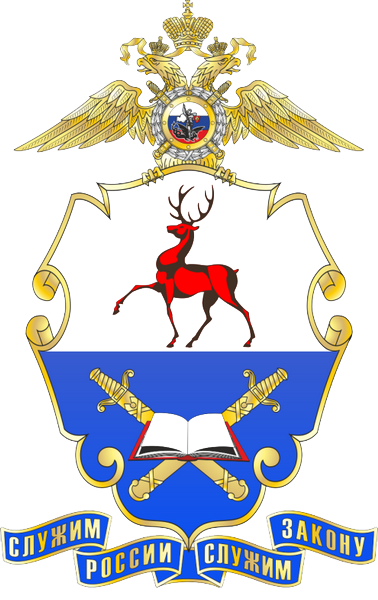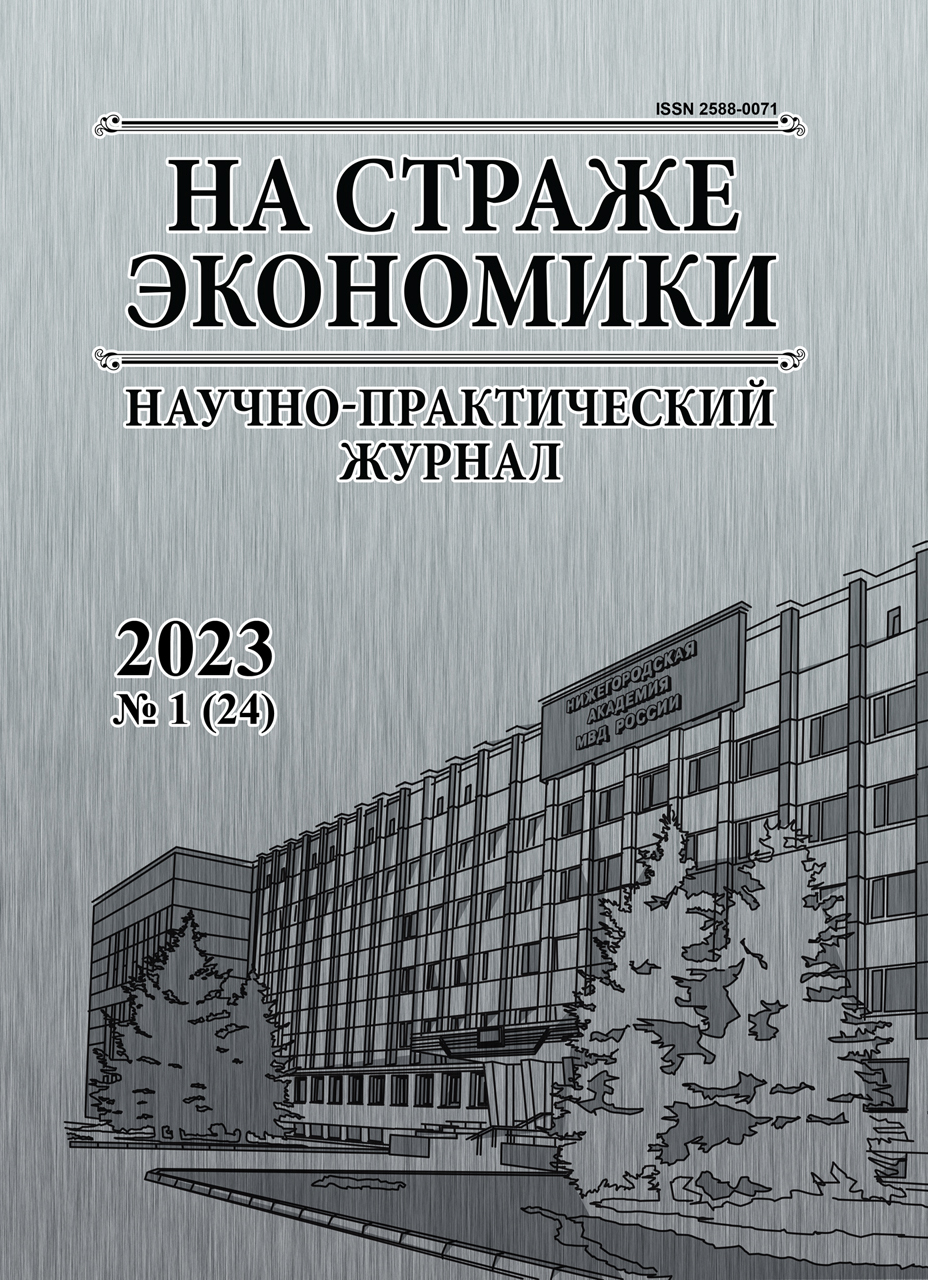from 01.01.2002 until now
Nizhniy Novgorod, Nizhny Novgorod, Russian Federation
from 01.01.1971 to 01.01.2022
According to the national goal of preserving the health and well-being of the population of the Russian Federation, neural network modeling of the dynamics of the current state of organizational and economic efficiency of acyclic sports certifying human capital, which is one of the significant foundations of innovative development and guarantees of national, including economic, security of the state, was carried out. The data of the Ministry of Sports of the Russian Federation for the period 2014—2020 are considered and investigated. on the development of acyclic sports in order to improve the efficiency of organizational and economic activities in the sports field, increase the life expectancy of the Russian population, increase human capital and support the socio-economic growth of the Russian Federation. Cluster analysis was performed using a new promising methodological approach — neural networks, which make up one of the sections of artificial intelligence. Data clustering was carried out on the basis of neural networks — self-organizing Kohonen maps for 6 indicators certifying the evolution of acyclic sports, using information technology. The features of the development of acyclic sports as one of the components of the process of human capital formation, which were also influenced by the great challenges of the modern stage of civilization development, are determined. The different level of organizational and economic activity in the sphere of sports reserve training allowed us to obtain a ranking of acyclic sports in four clusters. The composition and characteristics of each cluster are presented. The conducted research using neural network technologies made it possible to assess the development of the sport under study in the Russian Federation. The results of the study contain practical significance in the implementation of a comparative analysis of the development of acyclic sports. They can be taken into account in the strategic planning of the development of the sports sphere in the context of an increase in the quality of human capital related to the dominant internal factors of the socio-economic potential of the Russian Federation.
human capital, economic security, acyclic sports, cluster analysis, neural networks
1. Bogatyrev A. V., Morozov O. A. The role of the risk management system in ensuring the economic security of an industrial enterprise. The Economy under Guard, 2021, no. 3 (20), pp. 15-21. (In Russ.)
2. Chebotarev V. S., Shokh M. A. Competitiveness and economic security of regions. The Economy under Guard, 2022, no. 1 (20), pp. 68-74. (In Russ.)
3. Senchagov V. K. Economic security of Russia. General course: textbook / ed. by V. K. Senchagov. 2nd edition. Moscow: Delo Publ., 2005, 896 p. (In Russ.)
4. Karavaeva I. V., Ivanov E. A., Lev M. Yu. Certification and assessment of indicators of the state of economic security of Russia. Economics, entrepreneurship and law, 2020, no. 8, pp. 2179-2198. (In Russ.)
5. Kuznetsov V. P., Polyanskaya V. A. The system of economic security as a guarantee of minimizing the consequences of the negative impact of the coronavirus pandemic for in dustrial enterprises. The Economy under Guard, 2022, no. 1 (20), pp. 31-38. (In Russ.)
6. Lyubushin N. P., Letiagina E. N., Perova V. I. Research of innovative development of regional economy as an imperative of sustainable socio-economic growth of Russia using neural network modeling. Economic analysis: theory and practice, 2021, vol. 20, no. 8, pp. 1394-1414. (In Russ.)
7. Lesgaft P. F. Selected works. Moscow: Physical culture and sport Publ., 1987, 359 p. (In Russ.)
8. Kuznetsov Yu. A. Human capital, labor productivity and economic growth. Economic analysis: theory and practice, 2012, no. 43, pp. 2-14. (In Russ.)
9. Soboleva I. V. Human potential of the Russian economy: problems of conservation and development. Moscow: Science Publ., 2007, 201 p. (In Russ.)
10. The UN Development Program. URL: https://www.undp.org (accessed 25.11.2022).
11. Beutler I. Sport serving development and peace: Achieving the goals of the United Nations through sport. Sport in society, 2008, vol. 11, no. 4, pp. 359-369.
12. On national development goals of the Russian Federation for the period up to 2030: decree of the President of the Russian Federation no. 474 of July 21, 2020. URL: http://www.kremlin.ru/acts/bank/45726 (accessed 25.11.2022). (In Russ.)
13. On approval of the Strategy for the Development of Physical Culture and Sports in the Russian Federation for the period up to 2030: decree of the Government of the Russian Fede-ration no. 3081-r of November 24, 2020. URL: https://www.garant.ru/products/ipo/prime/doc/74866492/ (accessed 25.11.2022). (In Russ.)
14. Gorbunov S. A., Dubrovsky A. V. The role of physical culture in improving mental readiness for training and professional activity. Theory and practice of physical culture, 2002, no, 12, pp. 13-15. (In Russ.)
15. Makariev I. V. Physical training in the system of law enforcement agencies. Physical culture. Sport. Tourism. Motor recreation, 2017, vol. 2, no. 2. pp. 50-53. (In Russ.)
16. Sadkov S. A., Akhmerov I. F. The role of physical culture, sports, medicine and law enforcement agencies in the prevention of antisocial manifestations, drug addiction and crime among young people. Actual problems of physical culture, sports and tourism: materials of the X International Scientific and Practical Conference (Ufa, March 24-26, 2016). Ufa: Ufa State University Aviation Technical University Publ., 2016, pp. 619-622. (In Russ.)
17. Vikulov S. F., Khrustalev E. Yu. Economic bases of Russia’s military security. National interests: priorities and security, 2014, no. 7, pp. 2-9. (In Russ.)
18. Message of the President of the Russian Federation to the Federal Assembly of April 21, 2021. URL: http://www.kremlin.ru/events/president/news/65418 (accessed 25.11.2022). (In Russ.)
19. Balabanov A. S., Strongina N. R. Data analysis in economic applications: textbook. Nizhny Novgorod: UNN Publ., 2004, 135 p. (In Russ.)
20. 20. Haikin S. Neural networks: a complete course. Moscow: Williams Publ., 2006, 1104 p. (In Russ.)
21. 21. Kohonen T. Self-Organized Formation of Topologically Correct Feature Maps. Biological Cybernetics, 1982, vol. 43, issue 1, pp. 59-69.
22. Letiagina E. N., Perova V. I., Orlova E. A. Neural network analysis of the development of physical education and sports in Russia as an economic factor of country security. 4th International Conference on Innovations in Sports, Tourism and Instructional Science (ICISTIS). Atlantis Press, 2019, no. 11, pp. 174-179.
23. Carboni O. A., Russu P. Assessing regional wellbeing in Italy: An application of Malmquist - DEA and self-organizing map neural clustering. Social Indicators Research, 2015, vol. 122, issue 3, pp. 677-700.
24. Ministry of Sports of the Russian Federation. URL: https://www.minsport.gov.ru (accessed 25.11.2022). (In Russ.)
25. Davies D. L., Bouldin D. W. A Cluster Separation Measure. IEEE Transactions on Pattern Analysis and Machine Intelligence, 1979, vol. PAMI-1, no. 2, pp. 224-227.














